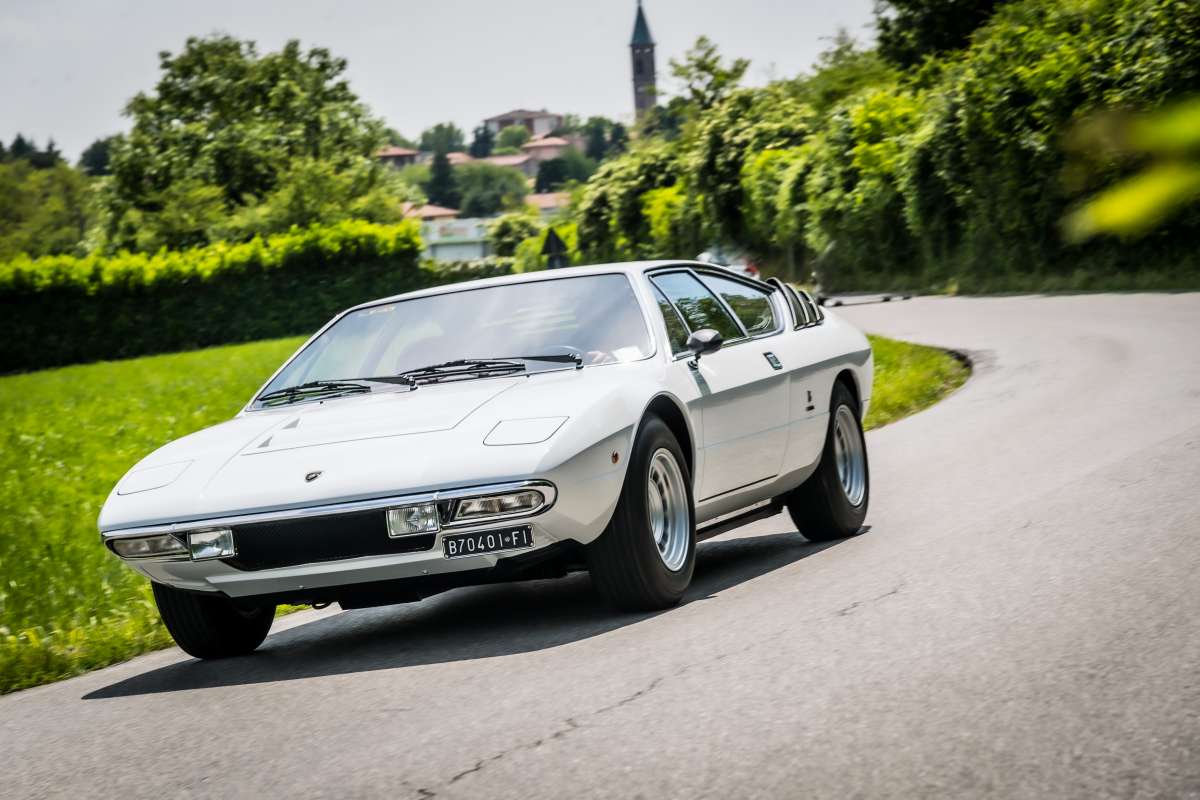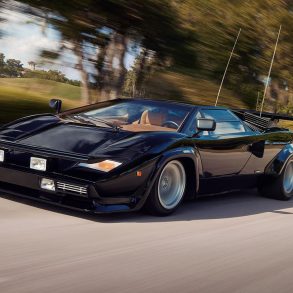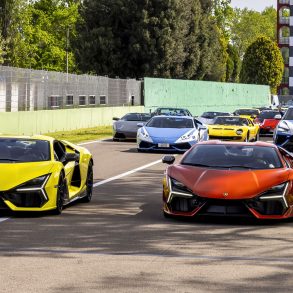In October 1970, the Lamborghini Urraco was unveiled at the Turin Motor Show. The car immediately held the attention of the public due to two factors: its elegant design and technical innovations.
Renowned Carrozzeria Bertone designer, Marcello Gandini, was delegated the principal designer for the Urraco, while Lamborghini’s Chief Technical Officer engineer, Paolo Stanzani, was considered the technical father of the Urraco and responsible for its innovations.




The Urraco was equipped with a mid-mounted V8 rear engine as well as an independent suspension. Noteworthy, for the first time on a production car, the Urraco was outfitted with MacPherson strut system on both front and rear.
The 2+2 coupé was equipped with a 2.5-liter V8 that could deliver 220 hp at 7800 rpm, with its top speed of 245 km/h. The technical refinement was completed by the use of a ‘Heron chamber‘ engine head with flat inner part and the combustion chamber contained in a depression in the top of the piston. This made it feasible to use a higher compression ratio while reining in costs. Another innovation for Lamborghini was the four Weber double-body 40 IDF1 type carburetors.




Another original introduction with the Urraco was the new production system that was used to build the cars. Even at the early stages of the planning, it was already intended that the Urraco would be less artisanal compared to the other Lamborghini models. The production of the Urraco was credited to Ferruccio Lamborghini’s wish that the company’s production should be expanded so that it could be accessible to a wider customer base.
The Lamborghini Urraco was initially introduced as the P250. The ‘P’ was for the posterior (rear) position of the engine while the 250 represented the engine capacity of 2.5 liters. The model was produced from 1970 until 1976. During the 1974 Turin Motor Show, the P200 version was introduced wherein it had a reduced displacement (1,994 cc, 182 hp) and was produced from 1975 to 1977 for the Italian market. The next iteration was the P300 (2,996 cc, 265 hp), introduced in 1974 and was produced from 1975 until 1979. The success of the Urraco in the market led to subsequent 8-cylinder models, as well as the 10-cylinder models like the Gallardo and the Huracán.


From 1970 to 1976 there were 520 P250 Urraco were produced, while only 66 P200 Urraco were made from 1974 to 1977. The third version, the P300 Urraco, had 190 examples made from 1975 to 1979.
[Source: Lamborghini]










